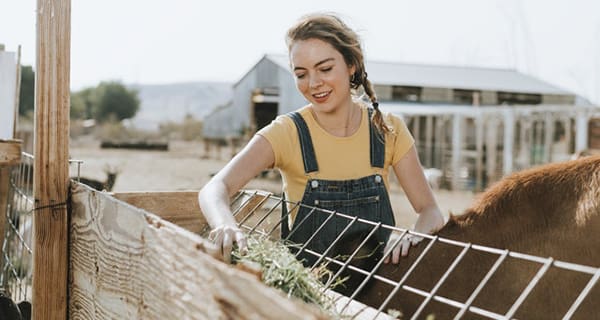Kenneth Brown
of The Crossroads
Women have played important roles on the farm over Saskatchewan’s history. Loverna-area farmer and historian Bill Warrington wants people to recognize their efforts.
“We don’t give them nearly the credit they need for what they did,” the historian said, referring to rural women and all of the things they did, and continue to do, to help out on the farm and in their rural communities.
Warrington, who is the chairperson for the Kindersley and District Plains Museum, said the museum has plenty of artifacts in its collection that pertain to the roles of rural women, but the museum lacks the stories behind the women and the tools they used throughout history.
[emember_protected for=”2″ custom_msg=’For more on this story, please see this week’s print edition of The Cross Roads.’]
Although the role of women on the farm has changed in various ways through the years, the dedication of, and hard work by, rural women has not changed. Warrington said men on the farm often spend much of their time working on machinery and getting prepared for seeding and harvest. Technology has changed everyone’s role on the farm.
The historian said women have always done a lot to help on the farm, but never more so than when horses were still being used in the field and more people were needed to help with the harvests. Feeding an army of workers is common for rural women.
Warrington said their families and farm hands needed a place to live, and the women helped to maintain homes and living quarters. He said all of the people needed to eat, so the women would spend time preparing and cooking their meals.
The meal preparation, especially in the province’s earlier history, took a lot of work, he explained. Women often had to look after several children, but they helped to prepare lunches and suppers each day. Grandmothers and daughters would also help when it came to preparing meals, he said.
He noted that the food was often self-sourced from the farm, so the women would grow and harvest vegetables in a garden. Women had to kill and clean chickens, or butcher pigs for their hungry farm families.
Women also milked the cows with the help of their children, but the cream had to be used to churn butter and make other food items in addition to being consumed as a beverage. The work was seemingly endless for women on the farm, and Warrington said he wants them to get more credit.
“We have forgotten to thank these women – in any way that I can see – for all of the contributions they have (made),” he said, recognizing that he is talking about a larger message of thanks than those after supper at the end of the day.
Warrington is trying to start the conversation by spreading his own message of thanks to the women behind the farm. He said a threshing club in Kindersley holds its threshing and binder demonstration each fall, but the event focuses on the jobs that were typically performed while in the field.
He noted that it would be nice to highlight the jobs performed while working in the home. The historian said if there is anybody who is interested to work on a special display for the museum to honour rural women, he would be willing to entertain the idea.
A majority of the pioneering women are no longer around to receive the message of thanks, but women continue to have significant roles on Saskatchewan farms, Warrington said. He added that he thanks the women for all they do.

